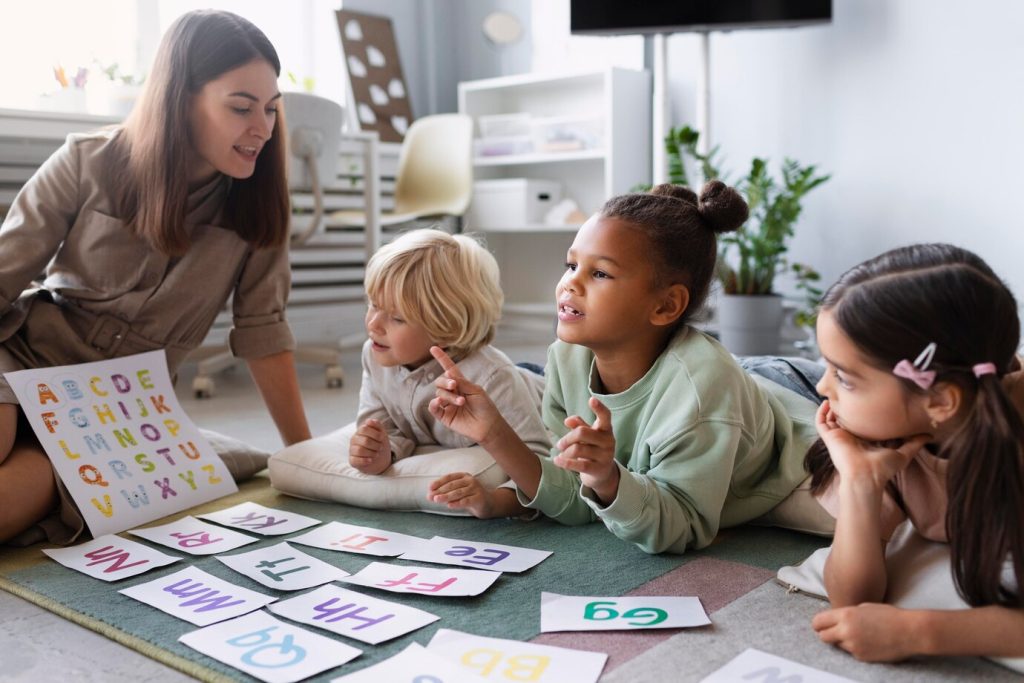Curiosity is the spark that ignites a lifetime of learning. In Pre-K, fostering this natural curiosity is crucial, and one of the most effective ways to do so is through the use of visuals. Here’s how visuals can play a significant role in cultivating curiosity in young learners.
1. Engaging the Senses
Pre-K children are highly sensory learners. Visuals capture their attention and engage their senses, making learning more memorable. Bright colors, linteresting shapes, and interactive images stimulate their minds, encouraging them to ask questions and explore further.
2. Storytelling with Pictures
Using pictures to tell stories can ignite imagination and curiosity. Storybooks with vibrant illustrations or classroom displays depicting different scenarios can prompt children to wonder about the world around them. Questions like “What do you think happens next?” or “Why do you think the character feels this way?” encourage deeper thinking and exploration.
3. Visual Aids in Exploration
Visual aids such as charts, maps, and diagrams can simplify complex ideas, making them accessible to young minds. For example, a colorful chart showing the life cycle of a butterfly can pique curiosity about nature and science. These visuals can serve as starting points for hands-on activities, like observing caterpillars or creating butterfly crafts, further fueling their inquisitiveness.
4. Interactive Learning
Interactive visuals, such as puzzles, matching games, or digital touchscreens, make learning an active experience. These tools allow children to manipulate and engage with the material directly, leading to a deeper understanding and more questions. For instance, an interactive animal habitat map can lead to discussions about different environments and the creatures that live there.
5. Art and Creativity
Encouraging children to create their own visuals through drawing, painting, or building models can foster creativity and curiosity. When children are given the freedom to express their ideas visually, they explore new concepts and think critically about how to represent them. This process not only develops their artistic skills but also encourages them to delve into the subjects they are depicting.
6. Visual Prompts for Discussion
Using visual prompts like photos, illustrations, or even real objects can spark discussions and questions. A picture of a rainstorm, for example, might lead to questions about weather, the water cycle, or safety during storms. These discussions help children develop their inquiry skills and learn how to seek answers.
Conclusion
Visuals are powerful tools in a Pre-K classroom, not just for teaching content but for igniting curiosity. By integrating engaging, interactive, and creative visuals into learning experiences, educators can create an environment where young children are excited to explore, ask questions, and discover the world around them. Cultivating this curiosity early on sets the foundation for a lifelong love of learning.




